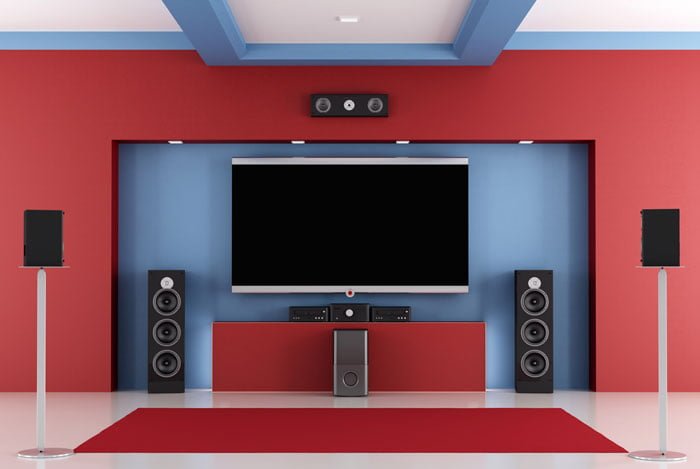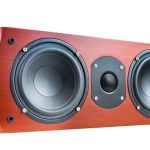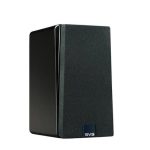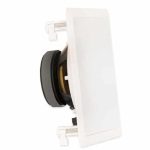When browsing home theatre products, you may have come across numbers like 2.0, 2.1, 5.1, 7.1, and beyond. This might bring confusion, and you may begin to wonder which one to choose. The two digits are simply used to refer to the number of channels in a multi-speaker surround sound setup.
The first number refers to the number of main speakers in the setup. These are front right, front left, center channel, and the surround speakers. The second digit, on the other hand, represents the number of subwoofers. Usually, you will see a .1, which means one subwoofer, but it is not uncommon to come across a setup with two subwoofers.
The choice of one sound system over the other comes down to the content you have and the kind of realism you would like to experience. It is also going to be dependent on the size and type of room you have.
If you have a big room, you’ll want to optimize it with a larger number of speaker channels. If the room is considerably small, you may want to go with a small number of channels. However, even if your room is small, you can still have the speakers optimally placed throughout the room. Let’s see what the different multi-channel surround sound systems look like.
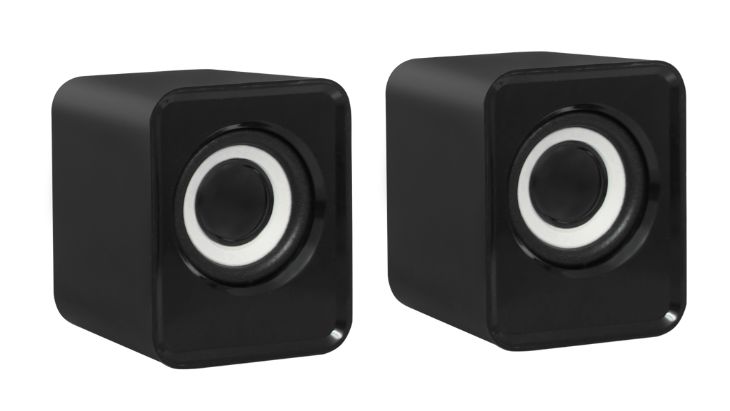
2.0 Stereo Systems
In a 2.0 stereo system, you are going to have two channels of sound; one on the left and one on the right. The system has one pair of stereo speakers beside your television, and a receiver or an amplifier generally powers them. However, some speakers have extra features such as wireless connectivity, thus bypassing the need for a receiver of an amplifier.
Also, these systems don’t have a subwoofer (.0), and they are designed to be compatible with TV, DVD, and a couple of mobile devices. Basically, a 2.0 system is a simple setup and can serve as a start to home theatre, and it will give your TV a more improved sound than the small speakers that come with the TV.
2.1 Stereo Systems
Just like the 2.0 stereo system, a 2.1 stereo system will have two stereo speakers on each side of your television but with separate subwoofer (.1). The additional subwoofer will provide bass and add more depth to your sound system. This way, you’ll get to enjoy affordable simplicity and excellent audio from your movies, music, and TV.
However, this setup will not provide an engulfing surround sound experience since it does not have surrounding speakers. But, the subwoofer will still offer a more profound experience; you’ll get to experience the lower frequencies in a clutter-free home theatre environment.

5.1 Channel Home Theatre Systems
The 5.1 channel system is one of the most common home theatre system configurations, configurations, and it is a truer surround sound system. The 5.1 surround system offers five separate speakers and one subwoofer. You’ll have the right and left speakers, and just like a two-channel system, the two speakers will provide a sense of direction and most of the on-screen action.
There is also a center speaker typically situated at the center of the system. This speaker is designed for movie dialog and music vocals. The last two speakers are the right and left surround rear speakers that make you fully immersed in the space by reproducing screen and special surround sound effects
The subwoofer channel, just like in any other system, will enable you to hear the lower frequencies well, and together, all the six channels (5 speakers and 1 subwoofer) delivers a soundfield that will envelop you with sound coming from the front and behind.
There are many different configurations for a 5.1 speaker setup, but the ideal one is having the two front speakers at a 30-degree angle from the center speaker, while the surround speakers should be configured at 90-110 degrees from your center speaker.
The 5.1 channel system is the most commonly used setup, and it is compatible with pretty everything from digital TV to DVD, movie theatres, and more.
6.1 Channel Home Theatre Systems
A 6.1 channel system is quite similar to a 5.1 system; the only difference is that the former offers an additional rear speaker. That way, you will have three front speakers, two surround speakers, and the extra one speaker dedicated to the rear center, and the subwoofer. The added speaker helps the system create perfect sound imaging and more accurate positioning. Also, with a 6.1 channel system, moving sound effects will feel more defined and far more real than in a 5.1 system.
7.1 Channel Home Theatre Systems
A 7.1 channel is ideally an upgrade of a 6.1 system through the addition of another speaker in the setup. So your system will consist of the three front speakers, two surround speakers, and two rear channels and the subwoofer. The two surround speakers won’t be able to reproduce both the surround and rear sound. This is where the two rear speakers come in to give a fuller and more rounded sound and a convincing theatre-like experience in your home.
Most 7.1 systems are designed with THX processing, which provides a more authentic sound. Wiring a 7.1 channeling can be challenging, but the hassle is worthwhile if you want nothing but the best. The location of the first six channels should be as those of a 5.1 surround system. When it comes to additional rear speakers, they should be angled at about 135 to 150 degrees from your center channel or TV for optimal performance.
Conclusion
Multi-channel surround sound channels don’t have to be confusing once you know what you want. There are definitely more options other than the above setups, and a system can have 9.1, 10.1, and so on. Don’t forget surround sound provides a way of delivering a more realistic and engaging experience, and the more the channels, the more the surround sound effect.
Michael Evanchuk is a San Francisco-based sound engineer with 20 years’ experience installing, troubleshooting, and repairing commercial, automotive, and household sound equipment. Evanchuk owns an auto stereo center, where he offers highly competitive car audio installation and repair services. He has written dozens of articles on different sound engineering topics, all of which have been published in leading journals, blogs, and websites.

